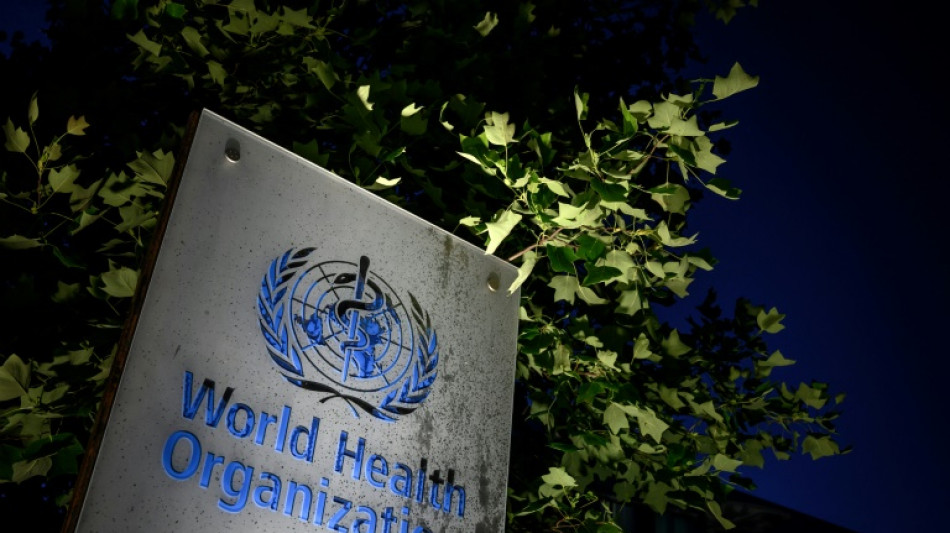
-
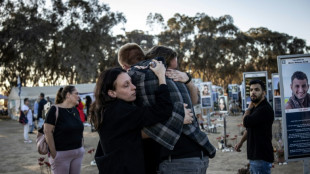 Two years after Hamas attack, Israelis mourn at Nova massacre site
Two years after Hamas attack, Israelis mourn at Nova massacre site
-
German factory orders drop in new blow to Merz

-
 Man City star Stones considered retiring after injury woes
Man City star Stones considered retiring after injury woes
-
Kane could extend Bayern stay as interest in Premier League cools

-
 Renewables overtake coal but growth slows: reports
Renewables overtake coal but growth slows: reports
-
Extreme rains hit India's premier Darjeeling tea estates

-
 Raducanu retires from opening match in Wuhan heat with dizziness
Raducanu retires from opening match in Wuhan heat with dizziness
-
UK's Starmer condemns pro-Palestinian protests on Oct 7 anniversary

-
 Tokyo stocks hit new record as markets extend global rally
Tokyo stocks hit new record as markets extend global rally
-
Japan's Takaichi eyes expanding coalition, reports say

-
 Canadian PM to visit White House to talk tariffs
Canadian PM to visit White House to talk tariffs
-
Indonesia school collapse toll hits 67 as search ends

-
 Dodgers hold off Phillies, Brewers on the brink
Dodgers hold off Phillies, Brewers on the brink
-
Lawrence sparks Jaguars over Chiefs in NFL thriller

-
 EU channels Trump with tariffs to shield steel sector
EU channels Trump with tariffs to shield steel sector
-
Labuschagne out as Renshaw returns to Australia squad for India ODIs

-
 Open AI's Fidji Simo says AI investment frenzy 'new normal,' not bubble
Open AI's Fidji Simo says AI investment frenzy 'new normal,' not bubble
-
Tokyo stocks hit new record as Asian markets extend global rally

-
 Computer advances and 'invisibility cloak' vie for physics Nobel
Computer advances and 'invisibility cloak' vie for physics Nobel
-
Nobel literature buzz tips Swiss postmodernist, Australians for prize

-
 Dodgers hold off Phillies to win MLB playoff thriller
Dodgers hold off Phillies to win MLB playoff thriller
-
China exiles in Thailand lose hope, fearing Beijing's long reach
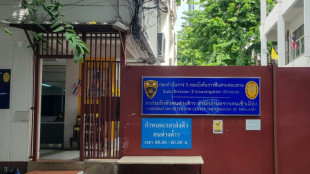
-
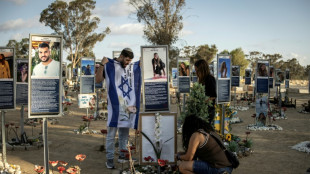 Israel marks October 7 anniversary as talks held to end Gaza war
Israel marks October 7 anniversary as talks held to end Gaza war
-
Indians lead drop in US university visas

-
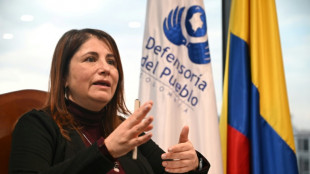 Colombia's armed groups 'expanding,' warns watchdog
Colombia's armed groups 'expanding,' warns watchdog
-
Shhhh! California bans noisy TV commercials

-
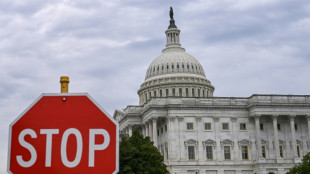 Trump 'happy' to work with Democrats on health care, if shutdown ends
Trump 'happy' to work with Democrats on health care, if shutdown ends
-
Trump says may invoke Insurrection Act to deploy more troops in US
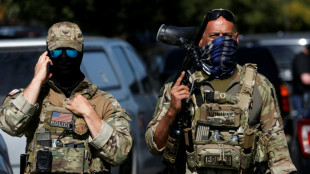
-
 UNESCO board backs Egyptian for chief after US row
UNESCO board backs Egyptian for chief after US row
-
Unreachable Nobel winner hiking 'off the grid'
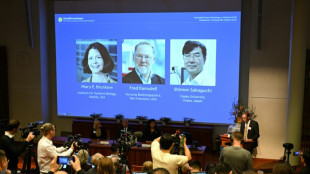
-
 Retirement or marketing gimmick? Cryptic LeBron video sets Internet buzzing
Retirement or marketing gimmick? Cryptic LeBron video sets Internet buzzing
-
CAF 'absolutely confident' AFCON will go ahead in protest-hit Morocco

-
 Paris stocks slide amid French political upheaval, Tokyo soars
Paris stocks slide amid French political upheaval, Tokyo soars
-
EU should scrap ban on new combustion-engine sales: Merz

-
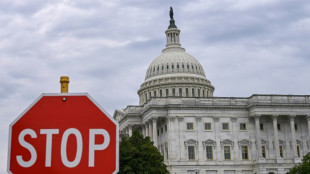 US government shutdown enters second week, no end in sight
US government shutdown enters second week, no end in sight
-
World MotoGP champion Marquez to miss two races with fracture

-
 Matthieu Blazy reaches for the stars in Chanel debut
Matthieu Blazy reaches for the stars in Chanel debut
-
Macron gives outgoing French PM final chance to salvage government

-
 Illinois sues to block National Guard deployment in Chicago
Illinois sues to block National Guard deployment in Chicago
-
Exiled Willis succeeds Dupont as Top 14 player of the season

-
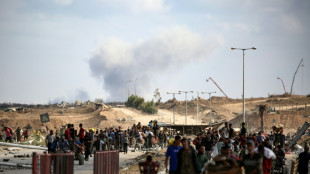 Hamas and Israel open talks in Egypt under Trump's Gaza peace plan
Hamas and Israel open talks in Egypt under Trump's Gaza peace plan
-
Mbappe undergoing treatment for 'small niggle' at France camp: Deschamps

-
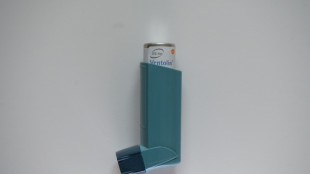 Common inhalers carry heavy climate cost, study finds
Common inhalers carry heavy climate cost, study finds
-
Madagascar president taps general for PM in bid to defuse protests
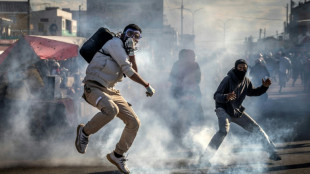
-
 UEFA 'reluctantly' approves European league games in US, Australia
UEFA 'reluctantly' approves European league games in US, Australia
-
Hundreds protest in Madagascar as president to announce new premier
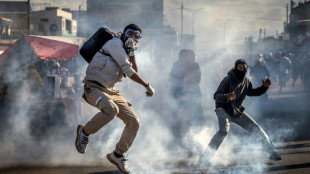
-
 Greta Thunberg lands in Greece among Gaza flotilla activists deported from Israel
Greta Thunberg lands in Greece among Gaza flotilla activists deported from Israel
-
UNESCO board backs Egyptian ex-minister for top job: official

-
 Facing confidence vote, EU chief calls for unity
Facing confidence vote, EU chief calls for unity
-
Cash-strapped UNHCR shed 5,000 jobs this year
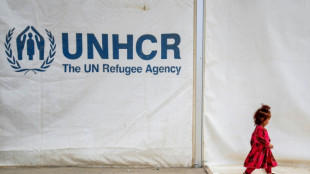

WHO clarifies terminology for air-transmitted pathogens
The World Health Organization on Thursday announced a new, catch-all terminology for pathogens that transmit through the air, erasing a distinction that caused dangerous confusion during the Covid pandemic.
During the Covid-19 crisis the standoff between experts arguing over whether the SARS-CoV-2 virus spread through droplets or through an aerosol mist proved a crucial public health challenge.
In the initial months of the pandemic in early 2020, the WHO and other experts said the virus was spreading via droplets, emitted through coughs and sneezes.
It was understood that such droplets did not linger in the air but sank to cover surfaces that others might touch. That meant the main advice to ward off infection was frequent and thorough handwashing.
It took a while before most experts acknowledged that the virus was spreading more easily through the air, which required other precautions.
But as experts argued over whether or not Covid was airborne, it became apparent that there was a lack of a common understanding and terminology across scientific disciplines to describe the transmission of pathogens through the air.
"Varying terminologies highlighted gaps in common understanding and contributed to challenges in public communication and efforts to curb the transmission of the pathogen," the WHO said in a statement.
- 'Infectious respiratory particles' -
The WHO said that after more than two years of consultations, it had been agreed that all pathogen particles transmitted through the air, regardless of size, should be referred to as "infectious respiratory particles", or IRPs.
The new terminology will apply not just to the Covid virus, but to other respiratory infections such as tuberculosis, influenza and measles.
Broad agreement on the new terminology across the scientific community should improve understanding and make collaboration easier across disciplines, WHO chief scientist Jeremy Farrar told reporters in Geneva.
"It is difficult to make scientific progress unless we all agree with the terminology," he said.
The new terminology should simplify "the categorisation, so that we no longer have what I think were, to some degree, false dichotomies", he added.
Rather than distinguishing between two modes of transmission based on the size of the particles being transmitted, it is important to recognise there are many other factors driving transmission, he said. These factors included air humidity, temperature and airflow.
Agreeing on a single term was like reaching "base camp", Farrar said. From there, there was still a long climb to agreeing the best measures to take to avoid infection in hospitals, schools and transport systems.
The WHO said it did however maintain the distinction between two types of through-the-air transmission.
The first was airborne transmission or inhalation, when IRPs are expelled into the air and inhaled by another person.
The second was direct deposition, when IRPs are expelled into the air from an infectious person and then directly deposited on the exposed mouth, nose or eyes of another person nearby.
T.Zimmermann--VB

